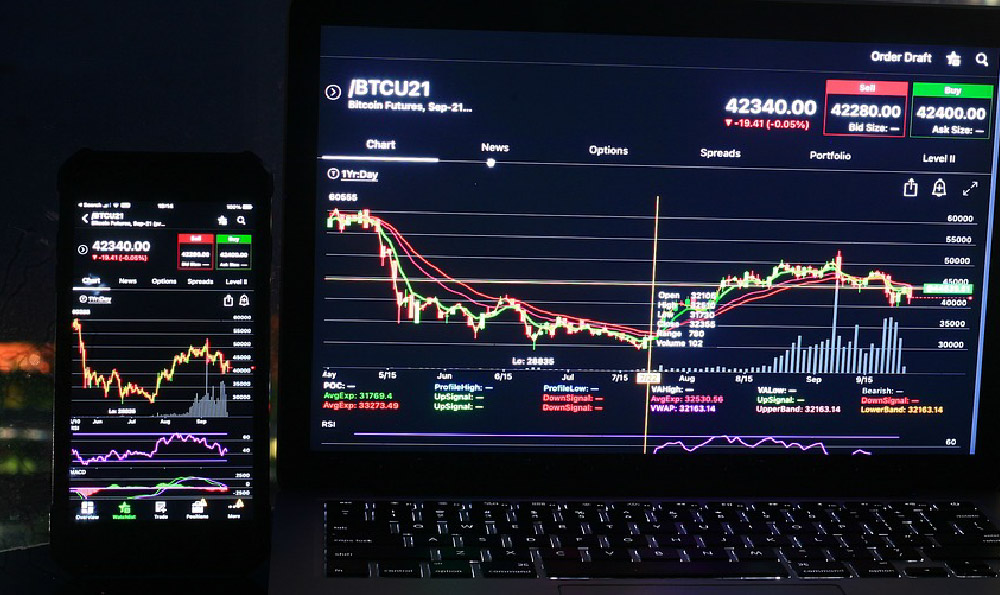
Okay, I understand. Here's an article about app revenue streams, geared towards a general audience, avoiding bullet points, and meeting your specified criteria:
How do app makers earn? What are their revenue streams?
The app economy has exploded in the past decade. From productivity tools to addictive games, apps have become indispensable parts of our daily lives. But behind every sleek user interface and ingenious feature lies a business model, a carefully constructed strategy designed to generate revenue. Understanding how app developers and companies make money is crucial, not just for aspiring app creators but also for consumers who want to be informed about the economic forces shaping the apps they use. It’s a complex landscape, far beyond simply charging an upfront fee for a download.

One of the most prevalent models, and often the first one that comes to mind, is the in-app purchase (IAP). This strategy is particularly common in gaming, but it's also found its way into other categories. Imagine a free-to-download game. You start playing, and it's enjoyable, but progress eventually slows down. You need more energy, better weapons, or cosmetic items to stand out. These are often available for purchase using real money within the app. The brilliance of IAP lies in its accessibility. Users aren't forced to pay upfront, reducing the barrier to entry. They can sample the app and, if they enjoy it, choose to invest further. This model thrives on a small percentage of users (often referred to as "whales") who spend significant amounts of money, subsidizing the free experience for the majority. Outside of gaming, IAP can be seen in subscription-based services offering premium features or content upgrades within the existing application. A meditation app might offer a basic set of guided meditations for free, while charging a subscription for access to advanced courses and personalized sessions. The success of IAP hinges on a delicate balance. It requires providing genuine value for the purchases, avoiding a "pay-to-win" scenario that alienates free users, and ensuring the pricing is fair and competitive.
Another significant revenue stream is advertising. This model is particularly attractive to developers who want to offer their apps for free. In essence, the app becomes a platform for displaying ads, generating revenue based on impressions (the number of times an ad is displayed) or clicks (the number of times users click on the ad). Several ad formats are common, including banner ads (small rectangular ads at the top or bottom of the screen), interstitial ads (full-screen ads that appear between activities), rewarded video ads (users watch a video ad in exchange for in-app rewards), and native ads (ads designed to blend seamlessly with the app's content). The challenge with advertising is finding the right balance between revenue generation and user experience. Overly intrusive or irrelevant ads can be incredibly frustrating, leading to negative reviews and churn. Developers must carefully consider the placement, frequency, and relevance of ads to minimize disruption and maximize their earnings. Effective ad monetization requires sophisticated analytics to understand user behavior, ad performance, and optimal targeting strategies. It’s not just about shoving as many ads as possible onto the screen; it's about strategically integrating them into the user journey in a way that feels relatively organic.
Beyond IAP and advertising, subscriptions have gained tremendous traction, especially with the rise of streaming services and software-as-a-service (SaaS) applications. Users pay a recurring fee (monthly or annually) for access to the app's features or content. This model provides a predictable and sustainable revenue stream for developers, enabling them to invest in ongoing development, maintenance, and content creation. Streaming services for music, movies, and TV shows are prime examples of subscription-based apps. However, the model extends far beyond entertainment. Productivity apps, language learning apps, and fitness apps often utilize subscription models to provide access to premium features, advanced training programs, or curated content. The key to a successful subscription model is providing ongoing value. Users need to feel that they are consistently receiving enough benefit from the app to justify the recurring payment. This requires continuous updates, new features, personalized content, and excellent customer support.
Freemium is another pervasive approach. This model blends elements of both free and paid offerings. The app is available for free, offering a limited set of features or content. Users can then choose to upgrade to a premium version for access to more advanced functionality, ad-free experience, or exclusive content. Many photo editing apps, document scanners, and VPN services utilize this freemium strategy. It allows users to sample the app's capabilities before committing to a purchase, while providing a clear incentive for upgrading to the paid version. The effectiveness of freemium depends on striking the right balance between the free and premium offerings. The free version must be compelling enough to attract users, while the premium version must offer significant enough value to justify the upgrade cost. If the free version is too limited or the premium version is overpriced, users are unlikely to convert.
Finally, some apps generate revenue through affiliate marketing or e-commerce. Affiliate marketing involves promoting other products or services within the app and earning a commission on any sales generated through those promotions. E-commerce apps, on the other hand, directly sell physical or digital products within the app. Think of shopping apps that allow you to buy clothes, electronics, or other merchandise. The revenue stream is directly tied to sales, making it essential to have a well-designed shopping experience, secure payment processing, and efficient order fulfillment.
In conclusion, the app ecosystem is teeming with diverse monetization strategies. While free apps may seem like a gift, they are almost always supported by one or more of these underlying revenue models. Understanding these models is crucial for both developers looking to create sustainable businesses and consumers seeking to make informed choices about the apps they use. The best approach often involves a combination of these strategies, carefully tailored to the specific app, target audience, and market conditions. The key is to find a balance that maximizes revenue while providing a positive user experience.





